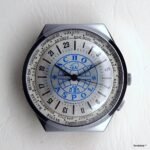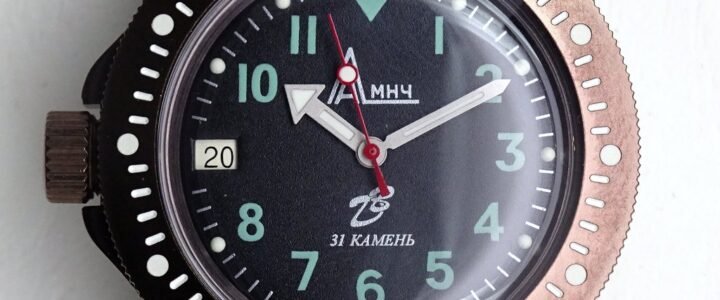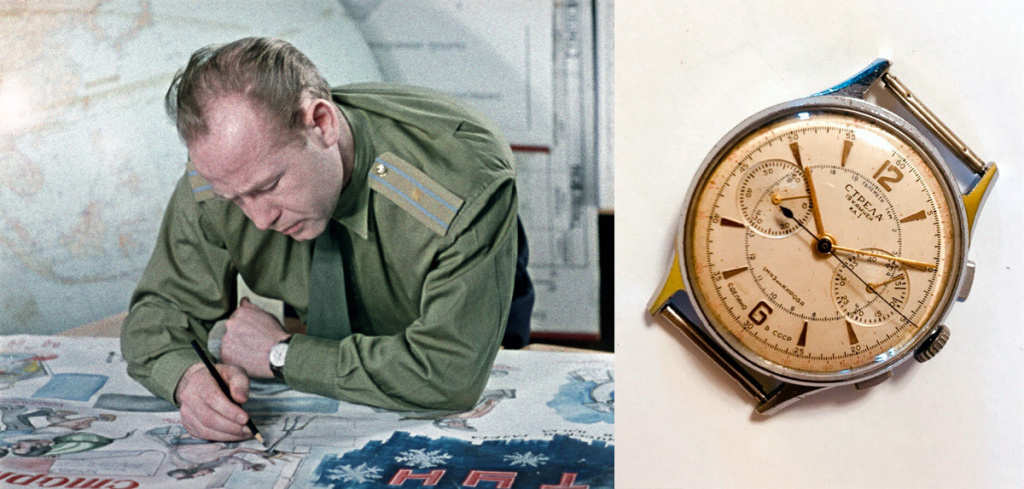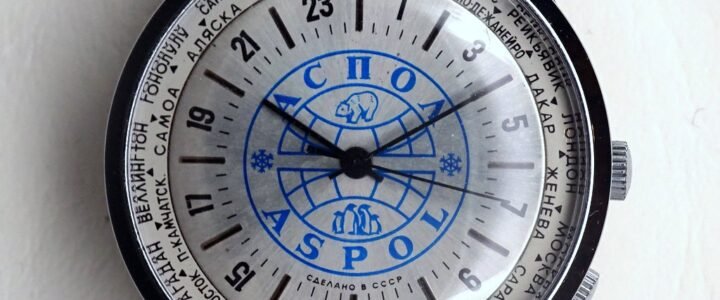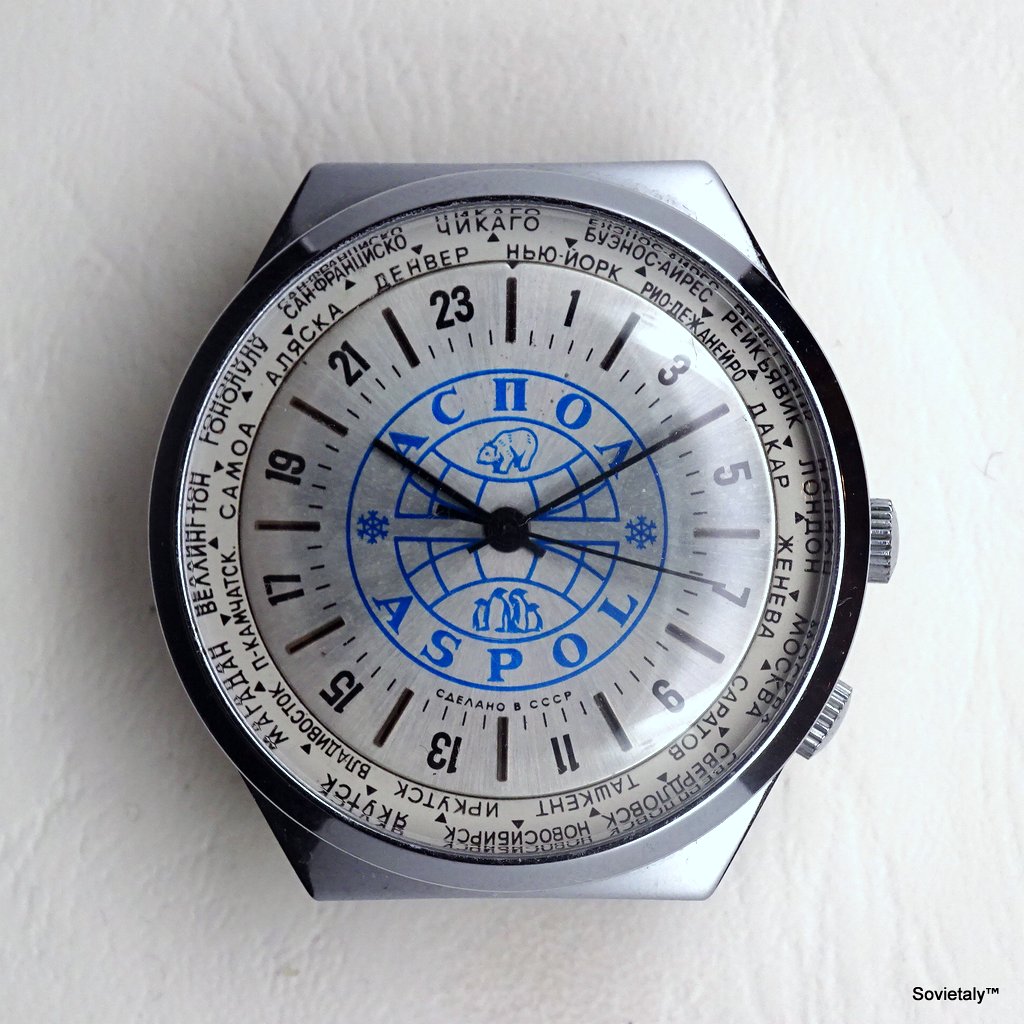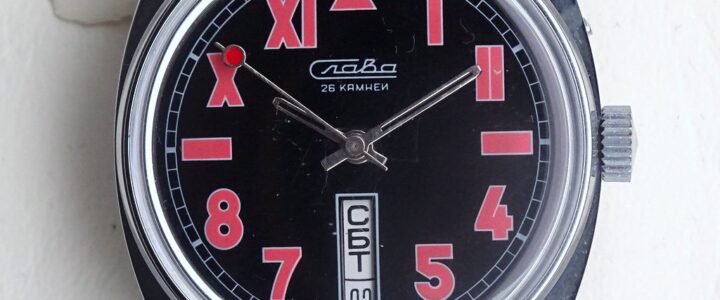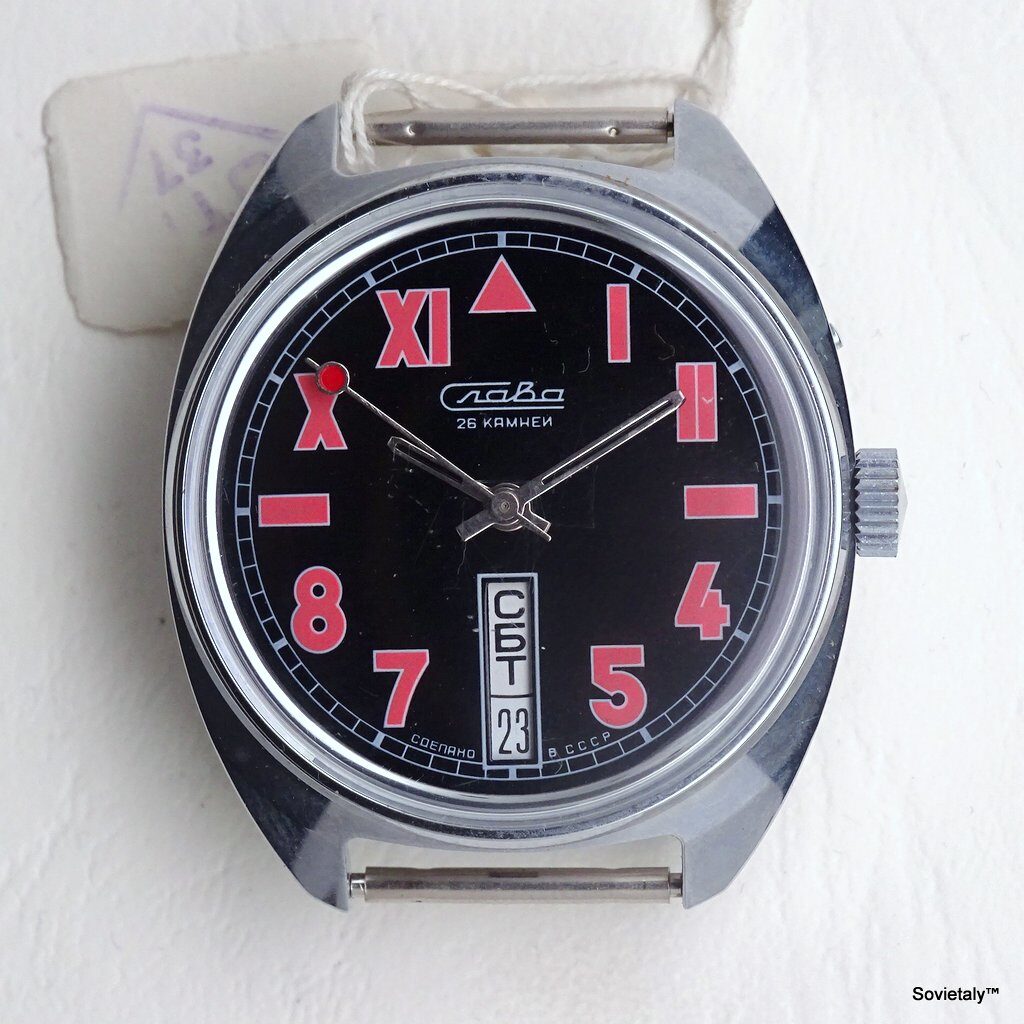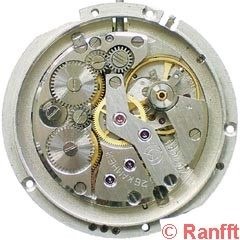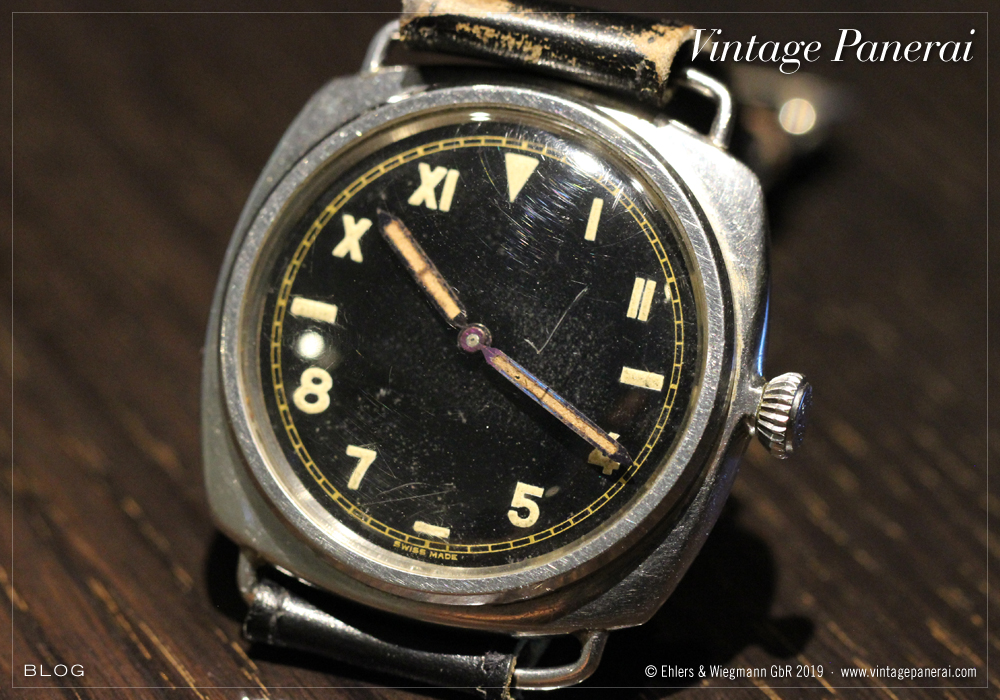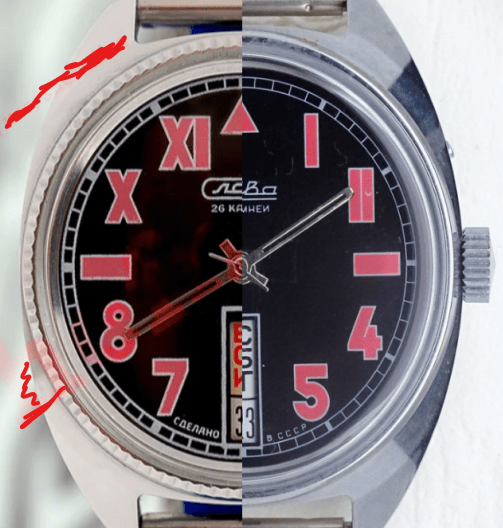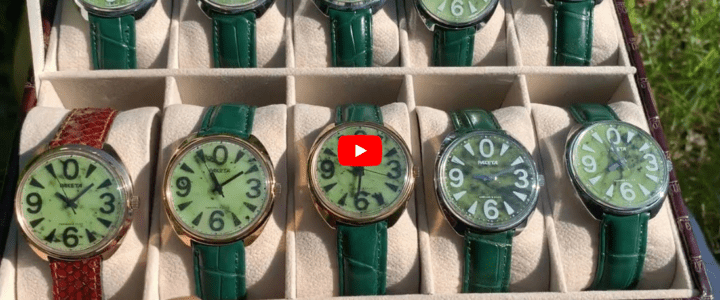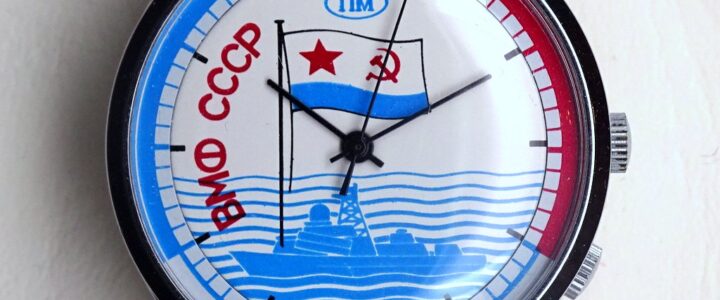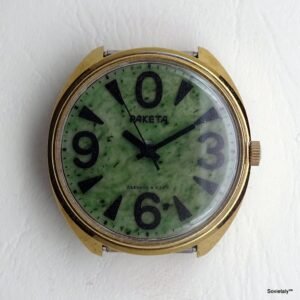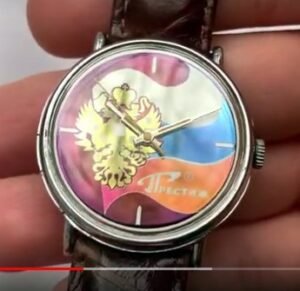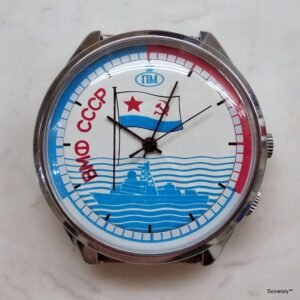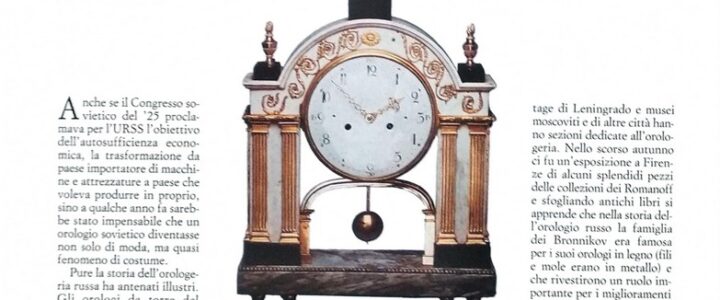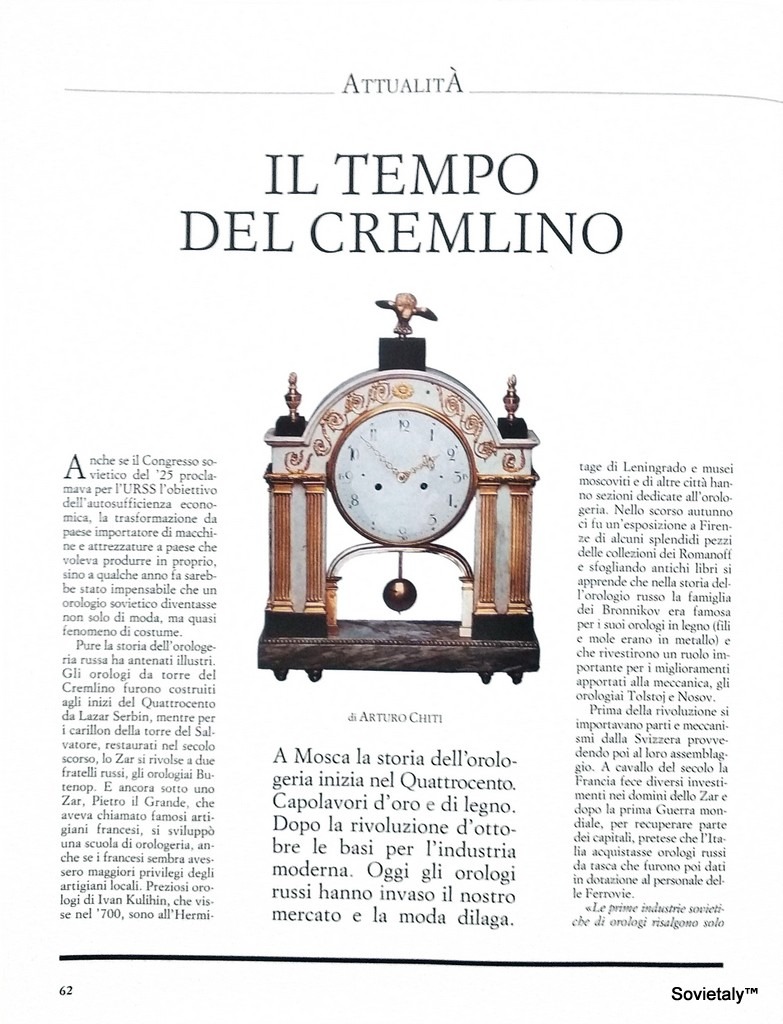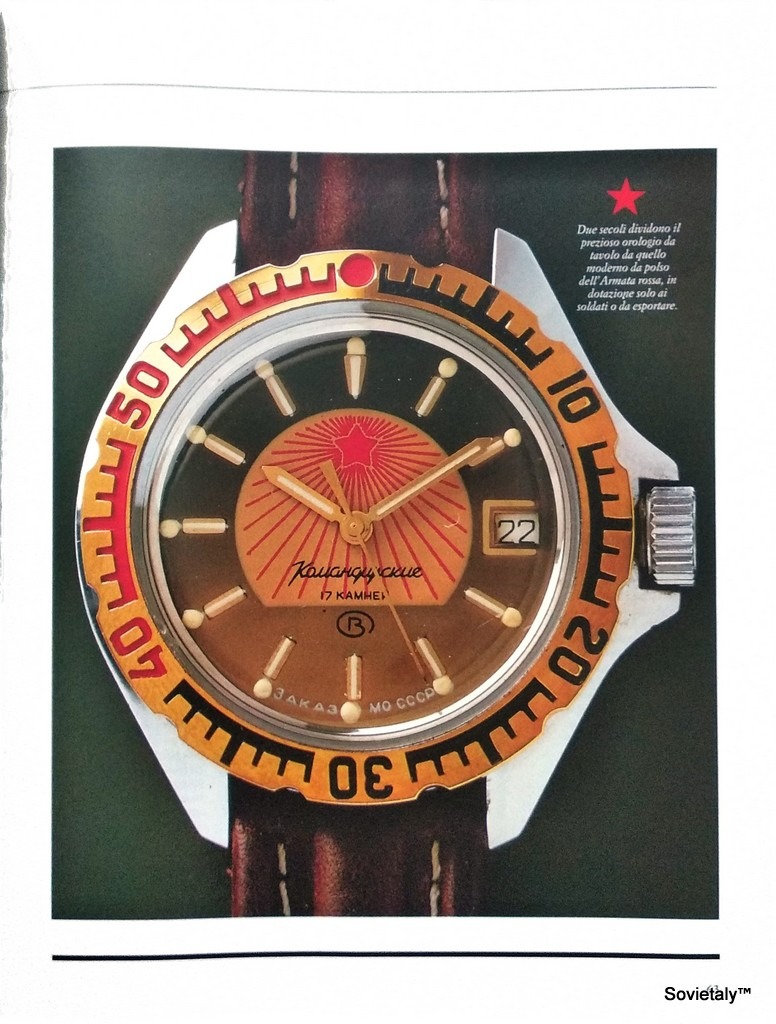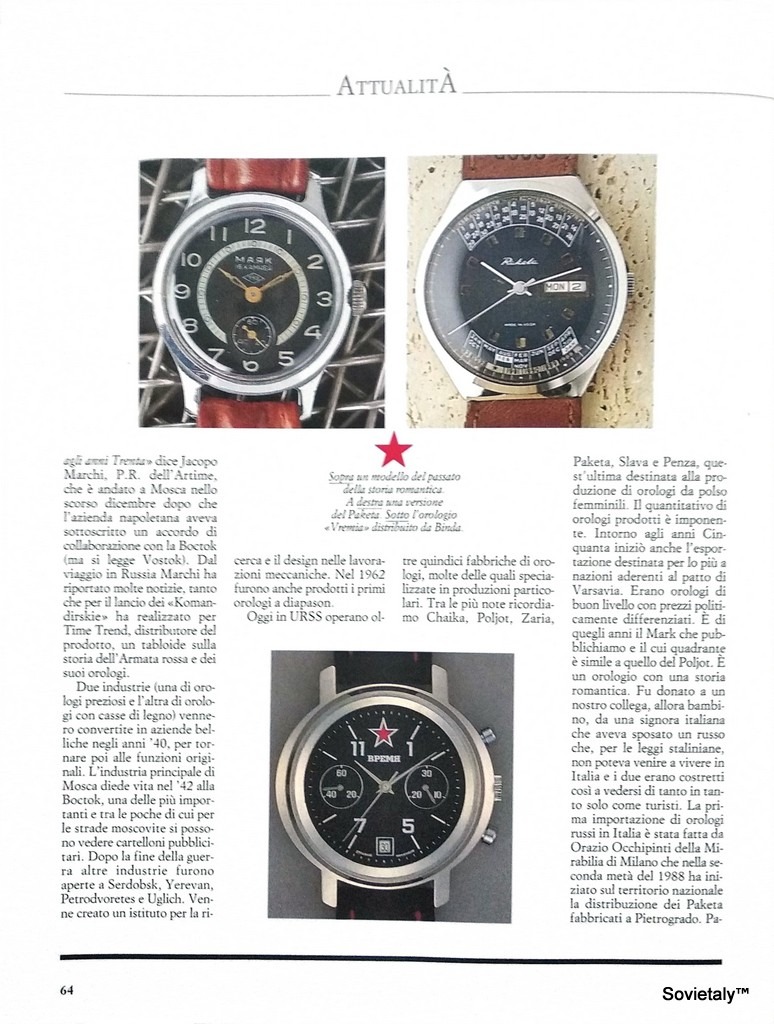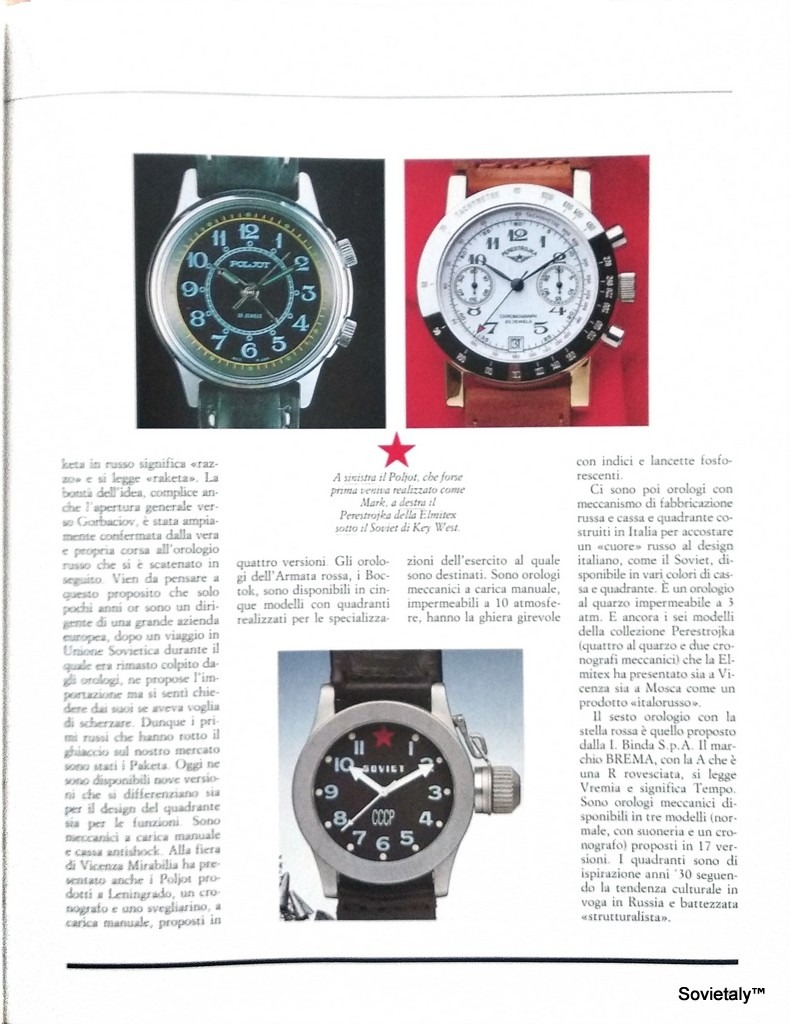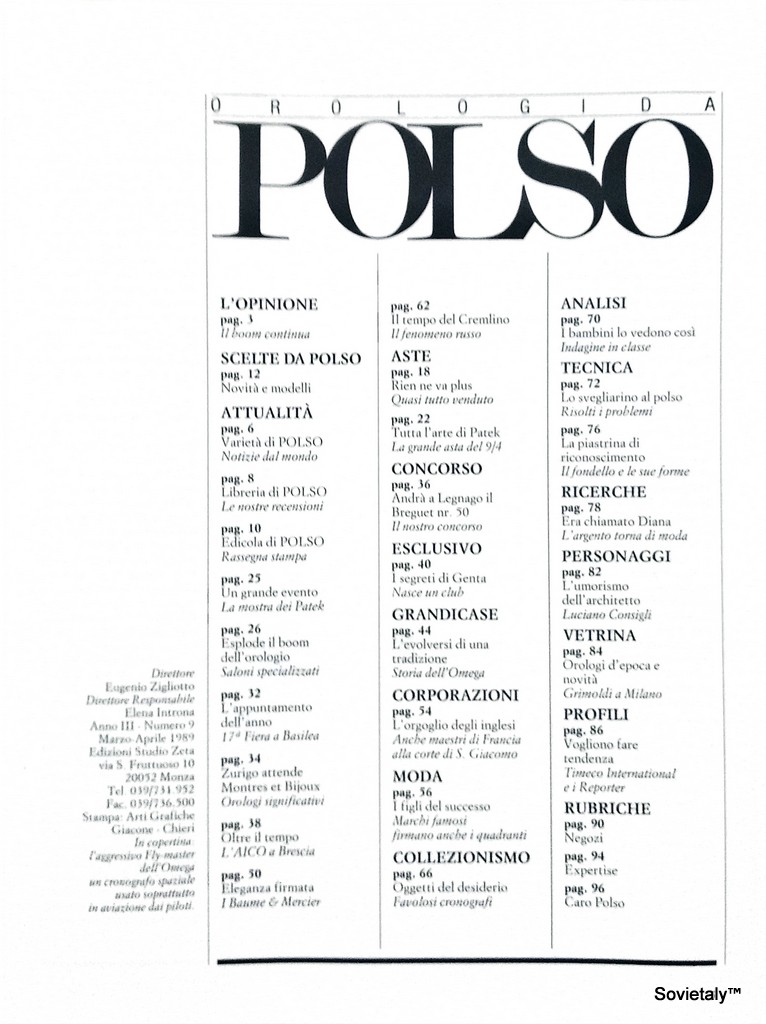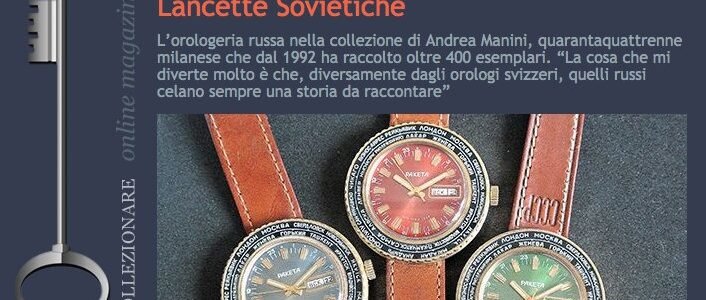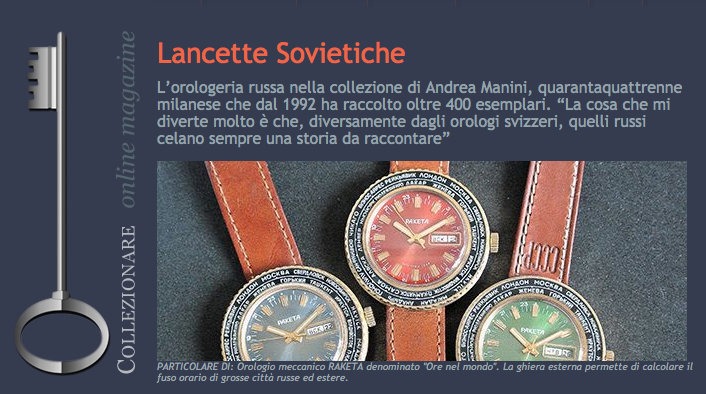Russian military watches represent an important chapter in horological history. These instruments were designed to be robust, reliable, and functional under the most extreme conditions. Soviet military watches were not just accessories but essential work tools for coordinating military operations. Used by various branches of the armed forces, including pilots, divers, navy officers, and vehicle crews, these watches were assigned to military personnel as part of their standard equipment.
Military or Militaristic Watches?
It is important to note that many Russian and Soviet watches are often mistakenly considered military. In reality, many of these were simply militaristic watches, often sold in Voentorg stores open only to military personnel. This limited access contributed to the mistaken belief that all these watches were exclusively for military use. An example of these militaristic watches is the Vostok Komandirskie.
Sturmanskie
Sturmanskie Type I and Type II
Sturmanskie Type I and Type II watches were provided exclusively to Soviet Air Force pilots. Type I was introduced in 1949 with a 15-jewel movement and a hacking feature for precise synchronization. Type II, introduced in 1954, had 17 jewels and improvements in shock and water resistance. Both models used radium on the hands and dial to ensure visibility in the dark, making them slightly radioactive Wikipedia on Sturmanskie Type I and Type II.
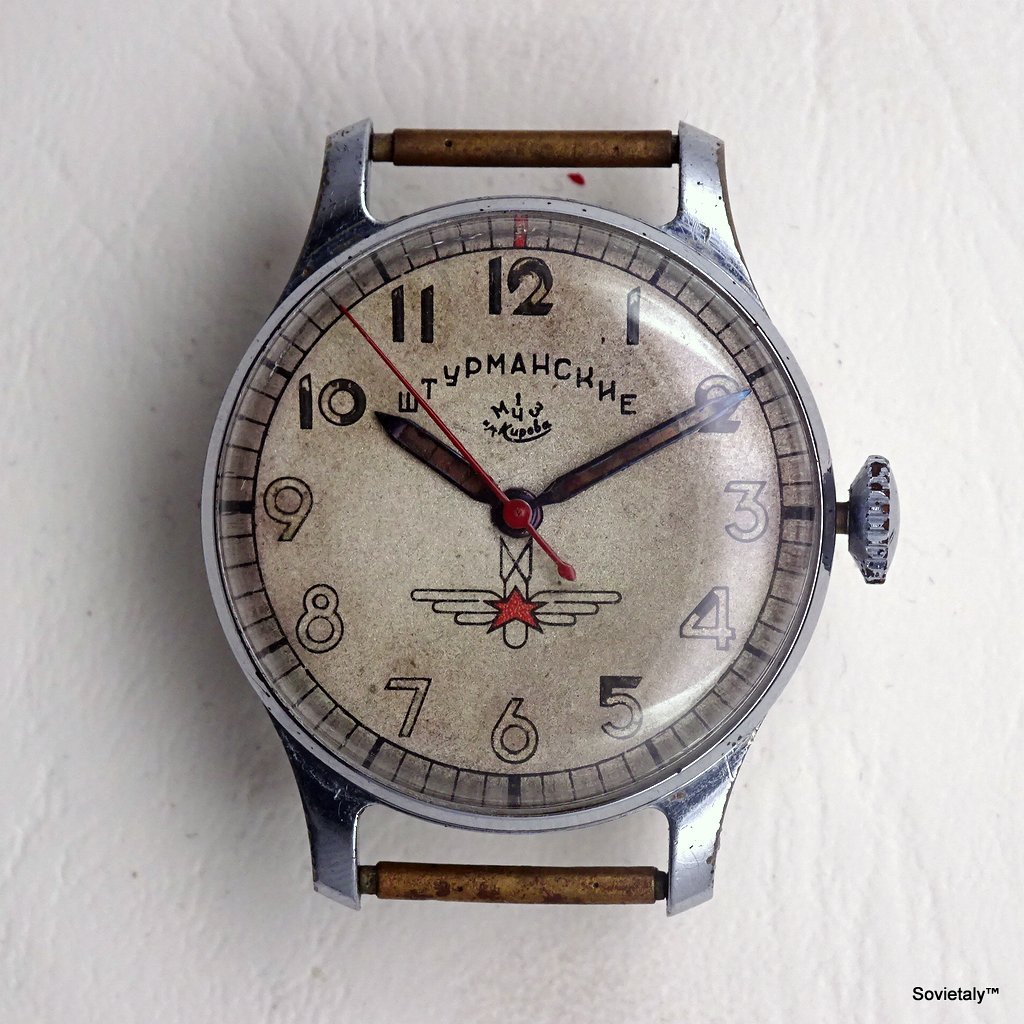
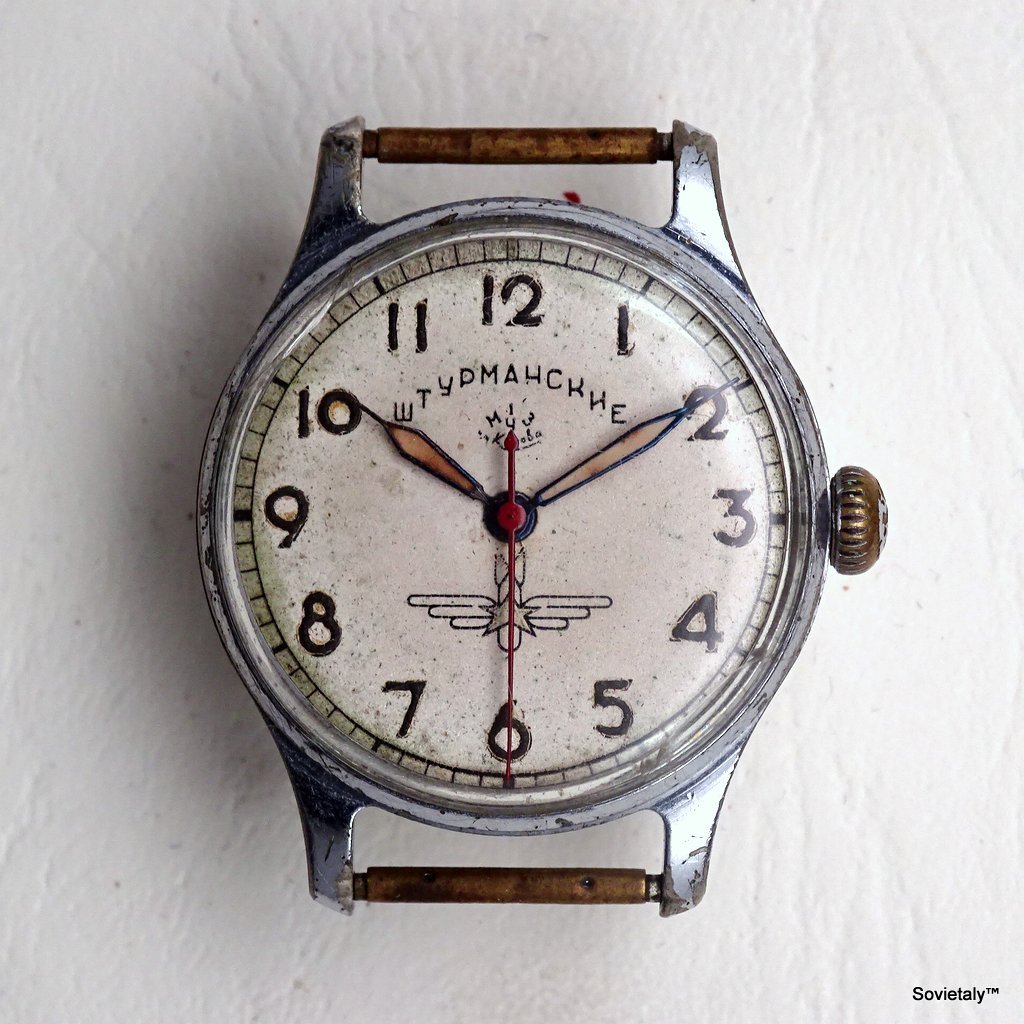
Sturmanskie Chronograph (3133)
This chronograph model, introduced in 1977, used the 3133 movement, known for its reliability and ease of maintenance. It was intended for pilots and cosmonauts and was distributed exclusively within the armed forces. The 3133 chronograph has become a symbol of precision and durability Official Sturmanskie website.
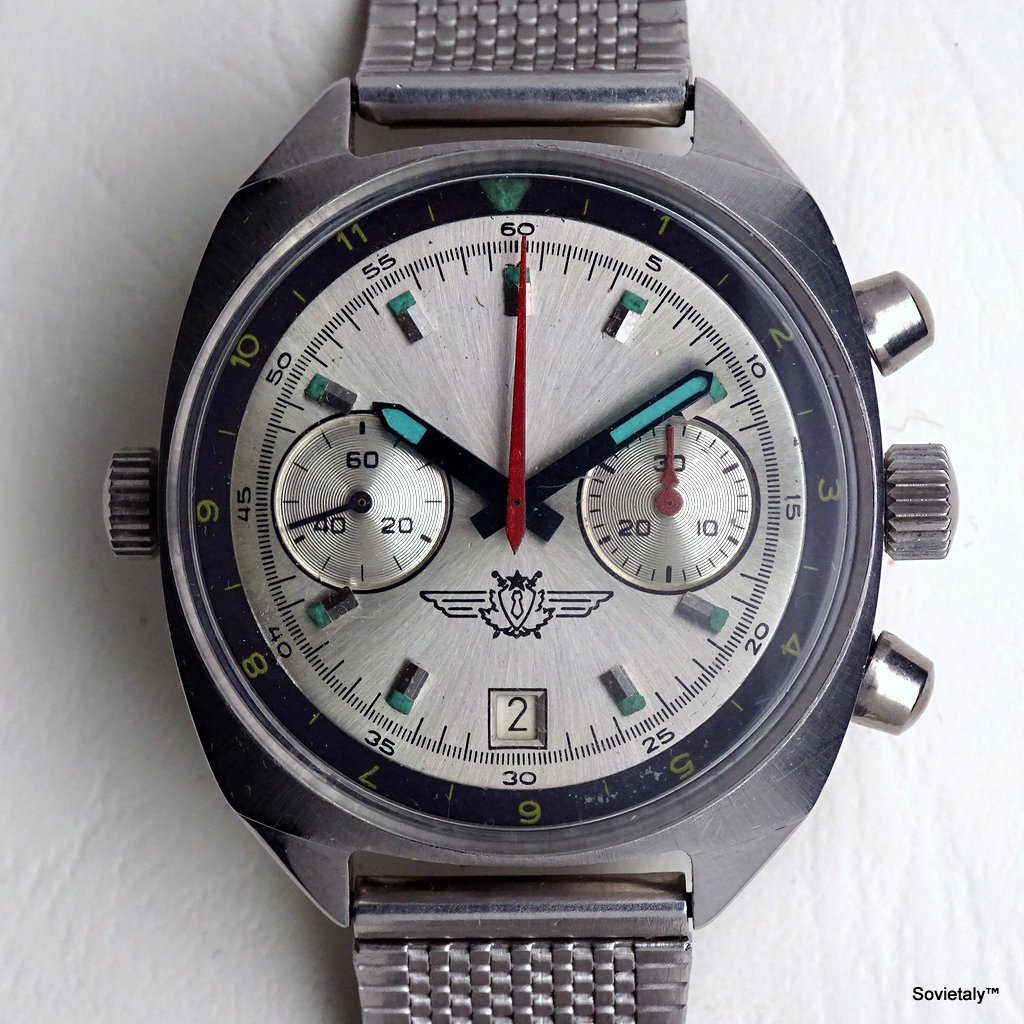
Zlatoust (Agat)
Zlatoust watches, produced by the Agat factory, were primarily designed for Soviet Navy divers. Known for their large size and robustness, these watches used radium for luminescence, ensuring visibility even in complete darkness. Zlatoust watches are still appreciated today for their durability and unique design Official Agat/Zlatoust website.
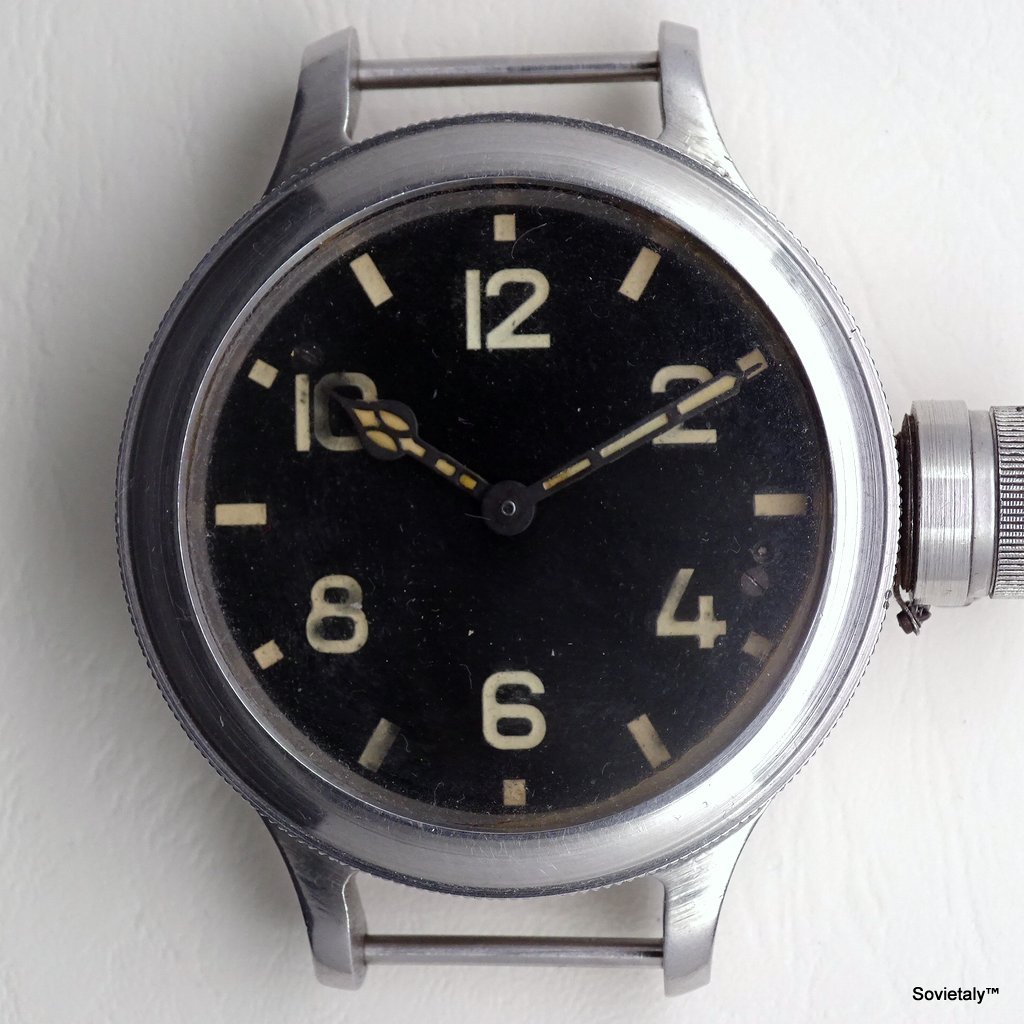
Okean (3133)
Okean Watch
Launched in 1976, the Okean was a chronograph designed for Soviet Navy officers. It used the 3133 movement and included features such as a telemeter and chronograph. These watches were not available in stores and were distributed in limited quantities, often included in ship equipment. The Okean is known for its robust design and reliability under extreme conditions Voensklad.com on Okean 3133.
Vostok Ratnik
Vostok Ratnik 6E4-1 and 6E4-2
Vostok Ratnik watches are part of the “Ratnik” equipment adopted by the Russian Ministry of Defence in 2014. These watches are designed for military use and are included in the Russian soldiers’ equipment kit. Models 6E4-1 and 6E4-2 feature an automatic Vostok 2416 movement with 31 jewels, a stainless steel case, water resistance up to 200 metres (20 ATM), and anti-magnetic and shock-resistant properties. These watches are known for their robustness and reliability in extreme conditions Vostok-Watches24.com on Vostok Ratnik 6E4-1 and 6E4-2.
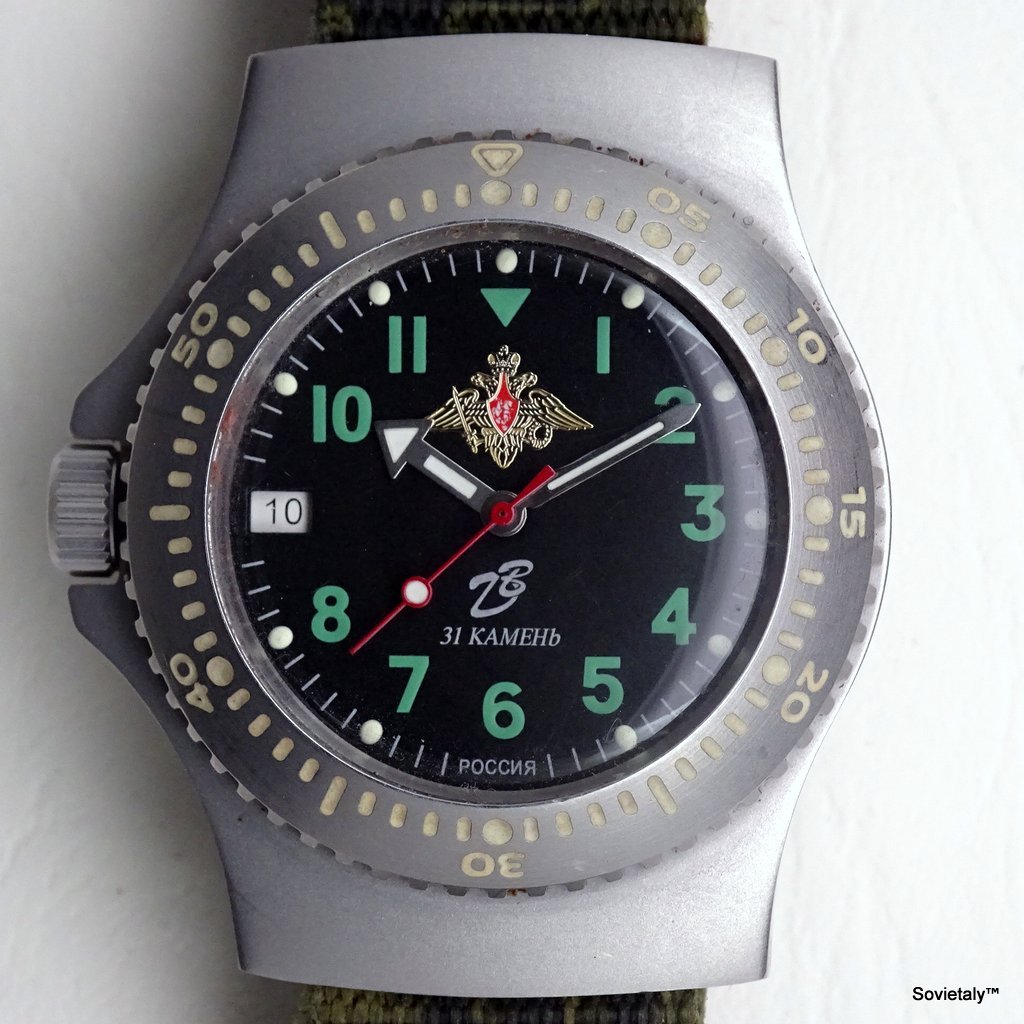
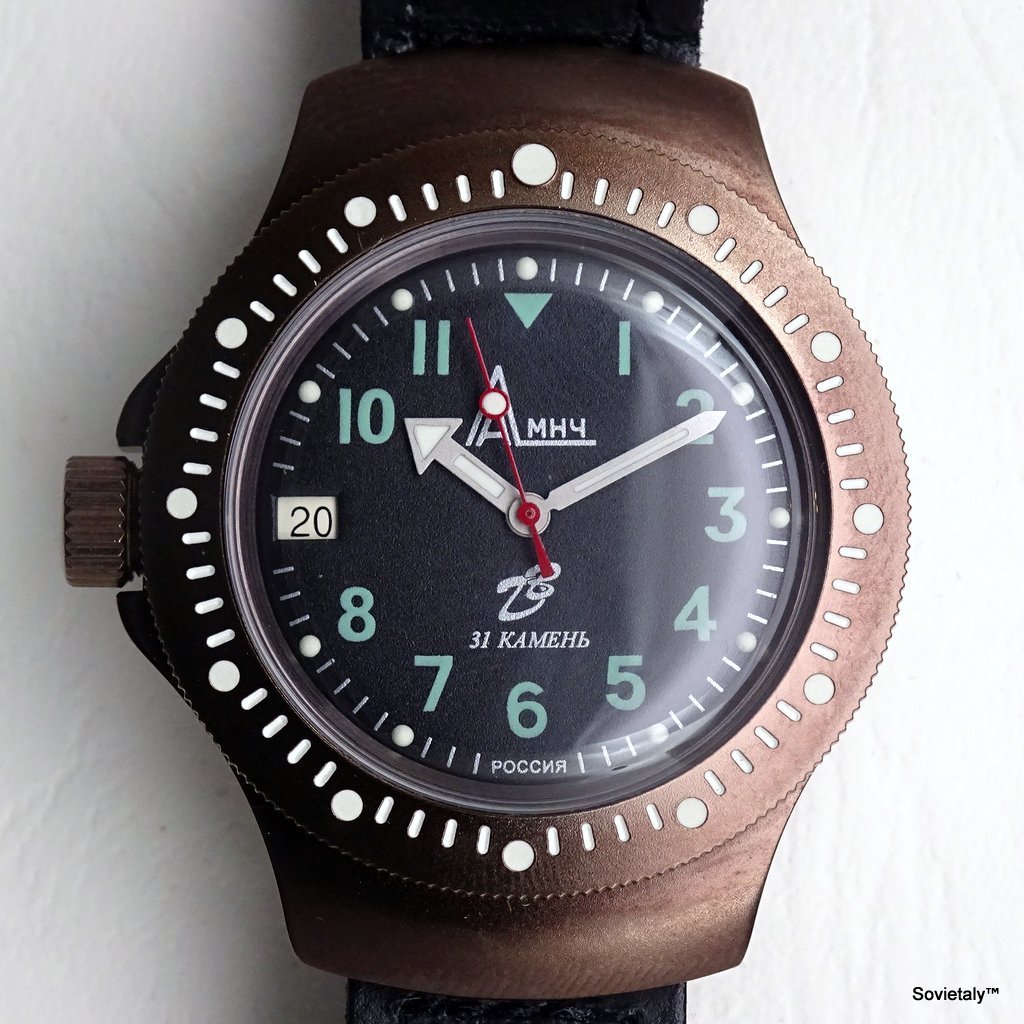
Poljot Strela
Poljot Strela watches (calibre 3017) were provided exclusively to high-ranking pilots and cosmonauts. These chronographs were highly valued for their precision and robustness, used in critical missions both in aviation and space Wikipedia on Poljot Strela.
Vehicle Watches
Watches used in military vehicles, such as planes and tanks, were built to withstand the harshest operational conditions. These timekeeping instruments often used radium to ensure readability in all conditions. They were essential for coordinating operations and controlling mission timings, significantly contributing to the operational effectiveness of the Soviet armed forces Wikipedia on Soviet military vehicle watches.
Considerations on Radioactive Materials
The use of radium in Soviet military watches was common to ensure visibility in the dark. However, with the emerging health risks associated with radioactivity, radium was gradually replaced by safer materials such as tritium and photoluminescent compounds. The transition from radium to tritium in Soviet watches occurred around 1960. This change was driven by the growing awareness of the health risks posed by radium and the need for safer alternatives Radium dial – Wikipedia, Worn & Wound, WatchUSeek.
Limited Access and Distribution
Many of these watches were assigned to military personnel as part of their standard equipment. They were not available through commercial channels but were distributed directly by the armed forces to active service members, significantly contributing to the operational effectiveness of the Soviet armed forces Wikipedia on Soviet military watches.
Final Observations
The list and description of Soviet military watches presented in this article are not exhaustive, given the long duration of the Soviet Union and the extensive production of military watches. It is impossible to provide a complete list of every single military watch created during that period.
These watches not only represent an important chapter in military horological history but continue to be appreciated for their quality, robustness, and unique history.
- Complete Guide to Modern Russian Watchmaking
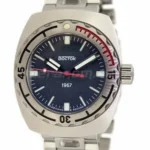
- Soviet CCCP Watch: The History of SOVIET Watches from the ’90s
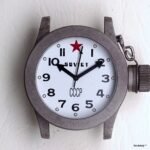
- Russian Military Watches: A Comprehensive Guide
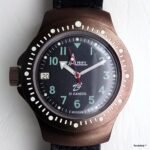
- History of Slava: The Second Moscow Watch Factory
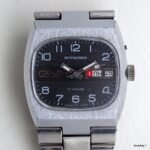
- History of Poljot: From the First Moscow Watch Factory to Volmax and Maktime
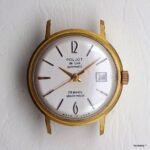
- Discover the Exclusive Raketa Aspol Watch: A Piece of Polar History
